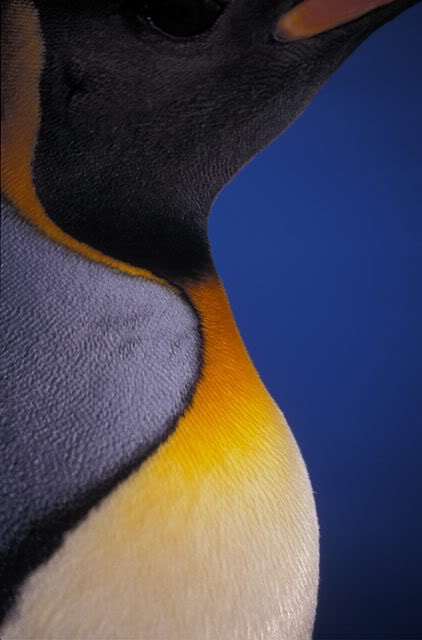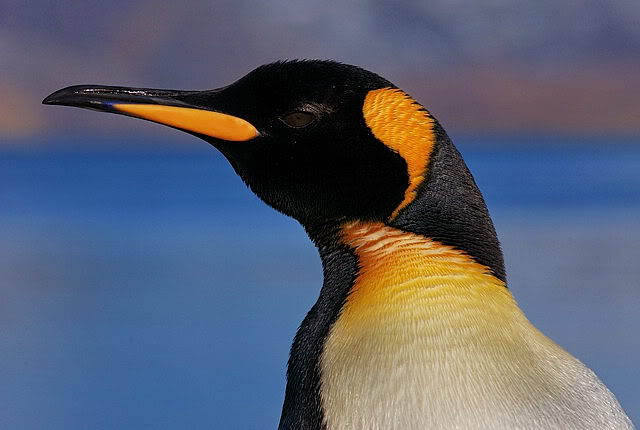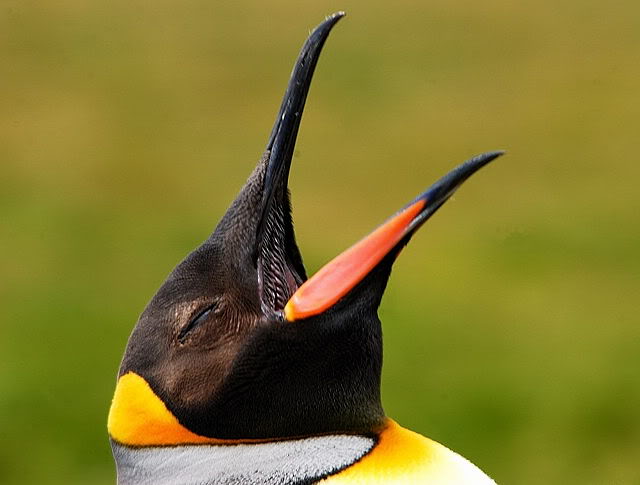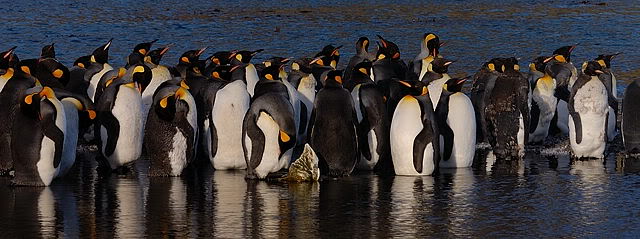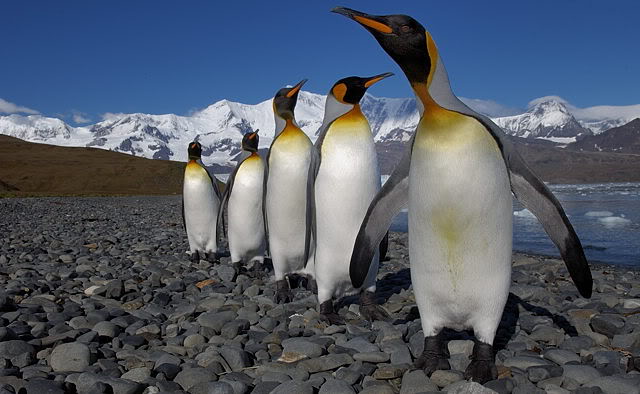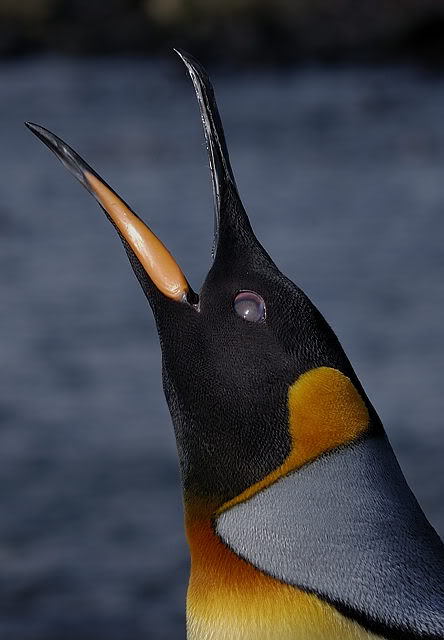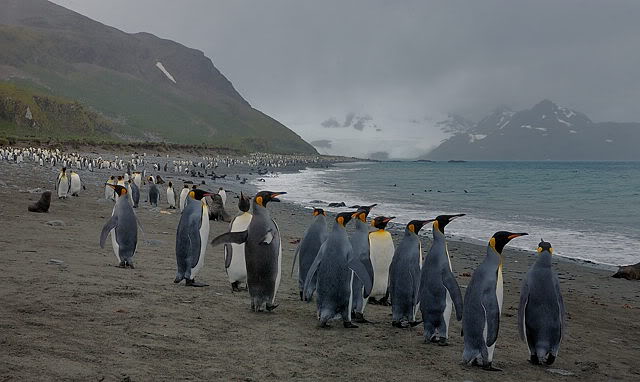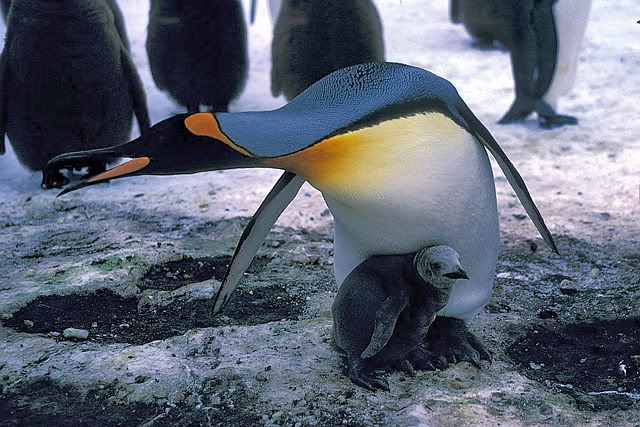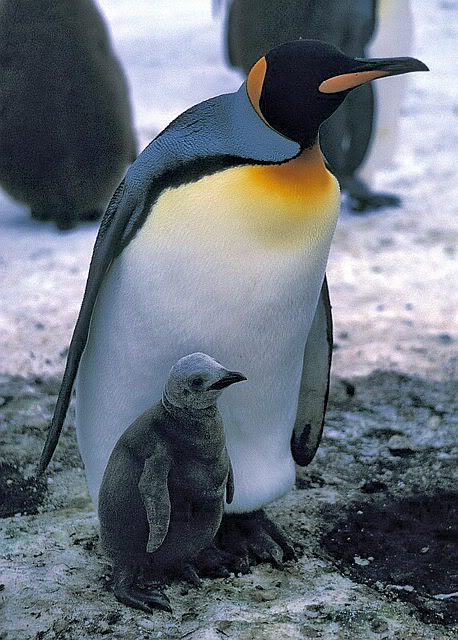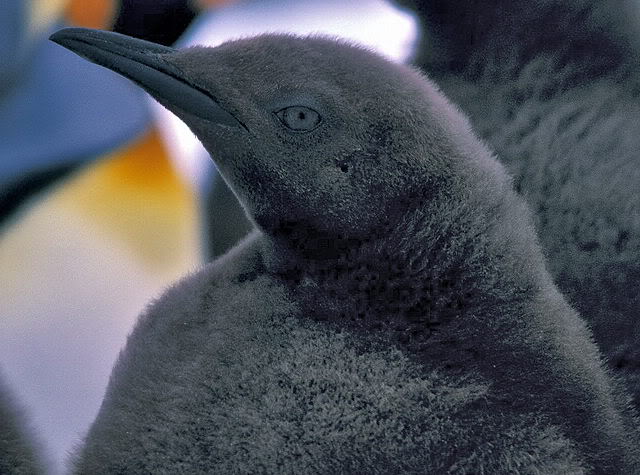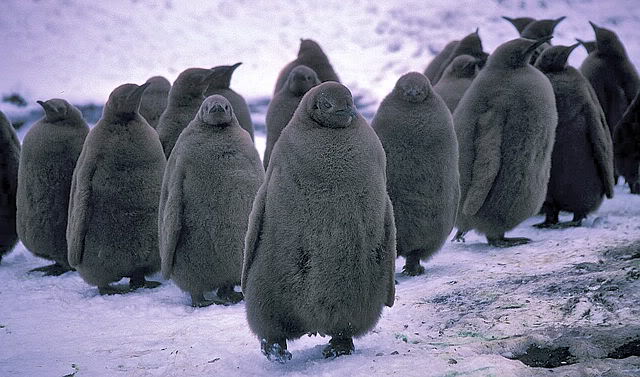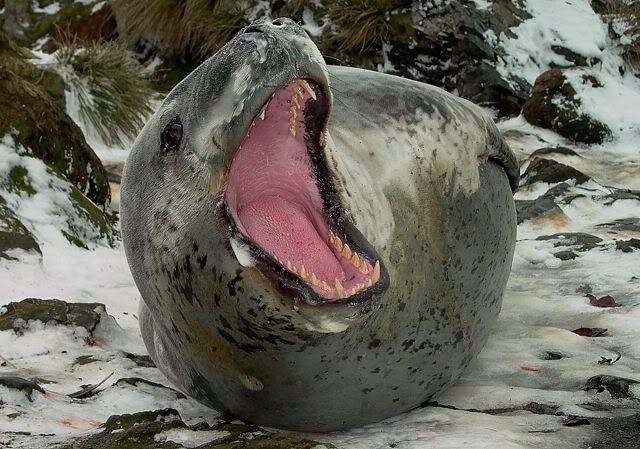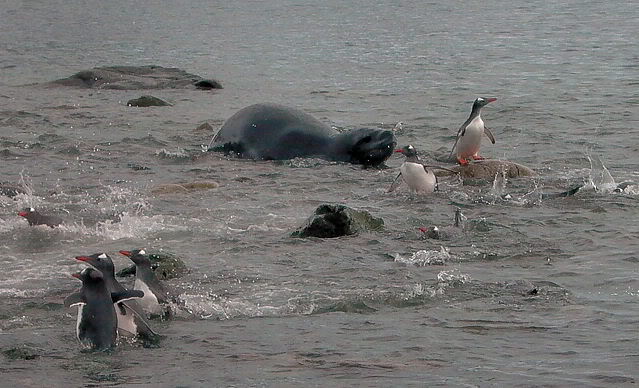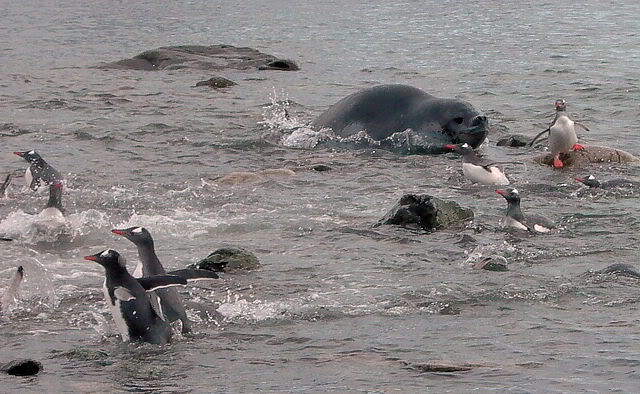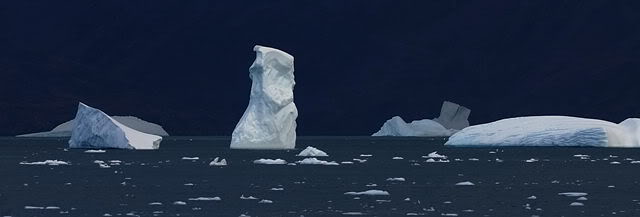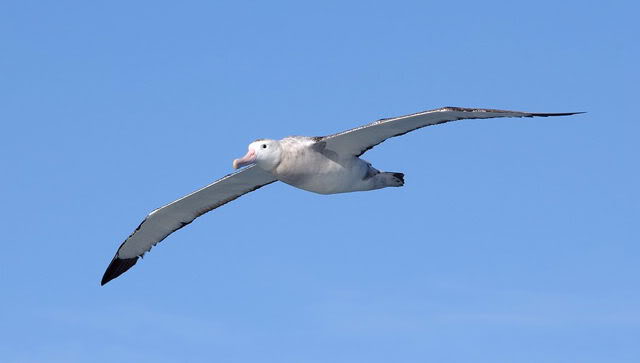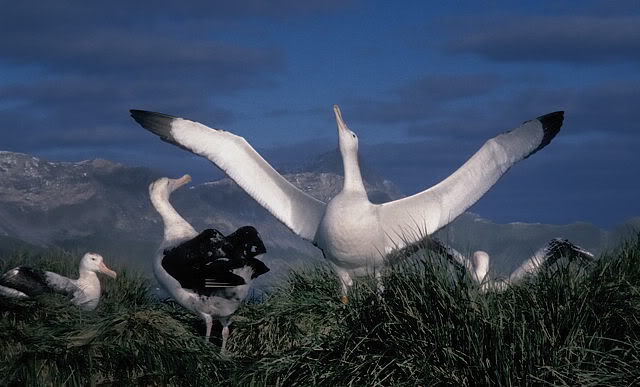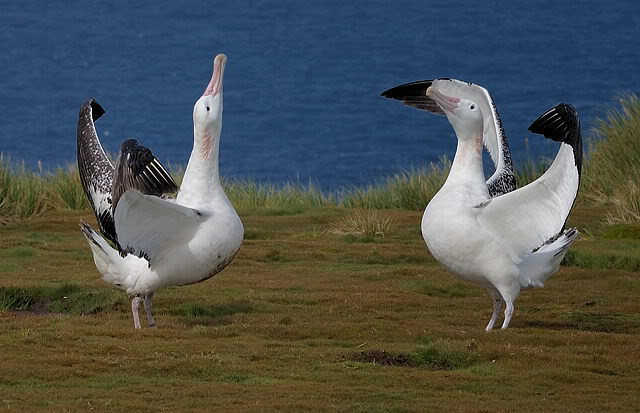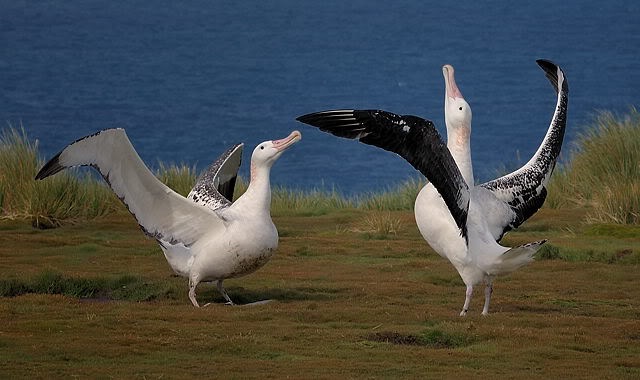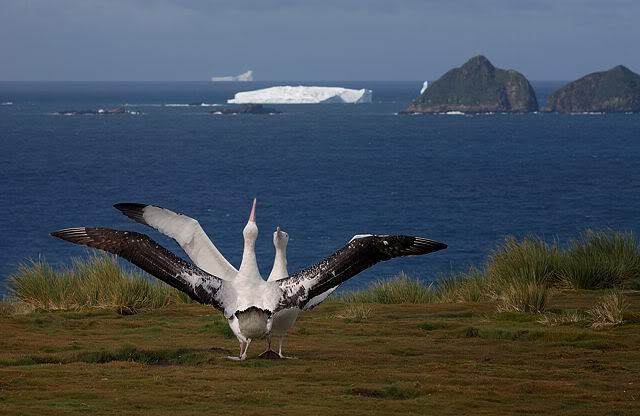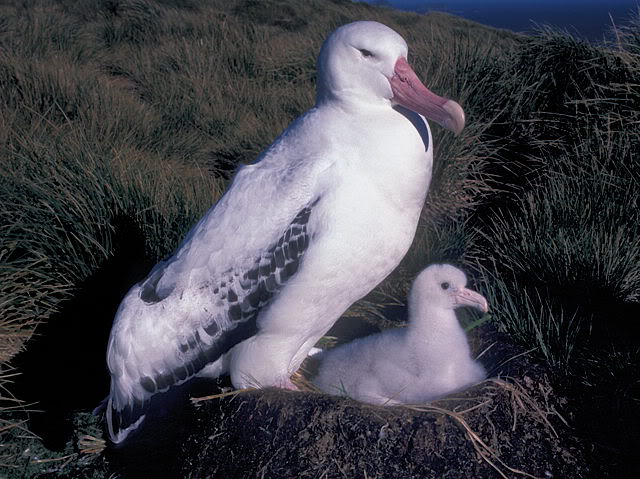Before I get to the pics tonight, a few facts and figures on the breeding Wanderers.
First male returned to the nest site on 7th November.
Firs pair noted copulating was 29th November. This was also the date that the first chick from last season's breeding pairs fledged.
First egg of the season was laid on the 12th December.
The island was censused on the 6th January. 1,208 eggs counted.
The first egg hatched on the 27th February.
Another census on the 2nd April counted 941 chicks. A 22% failure during incubation.
In October, the chicks were ringed. 865 chicks remaining.
By December, all remaining chicks had fledged.
Once large enough to fend off predators, the adults leave the chick and head out to sea to feed. They return on average every 8 to 10 days. Males head South to feeding grounds North of the pack ice, while females head North, sometimes reaching up to the coast of Brazil.
The chick meanwhile, has to brave the vagaries of the weather, sitting tight until an adult returns.

Nest sites were staked out. The stakes helped to locate the nests in deep snow, when the chicks were often buried, with just a small breathing hole for their beaks to pop through when conditions were bad.


When an adult returns, the chicks peck at their bills to stimulate regurgitation of food.
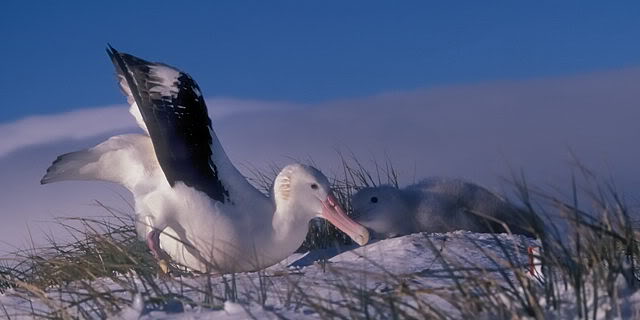
This process may take quite a few minutes.

But eventually the chick recieves a nutritious soup of half digested squid. This has to be one of the smells of the island that remains with me in memory to this day.

:lol:

Well fed again, the adult leaves for another foraging trip, while the chick sits out it's lonely sojoourn.


As a size comparison, an adult South Georgia Pipit in front of a Wanderer chick.
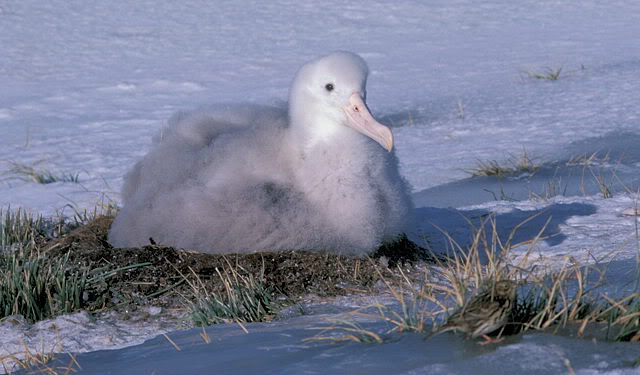
The chicks start practicing and strengthening their stubby little wings at quite an early stage.

As the Winter progresses, they start to loose their down, which is replaced by their first set of proper feathers.













